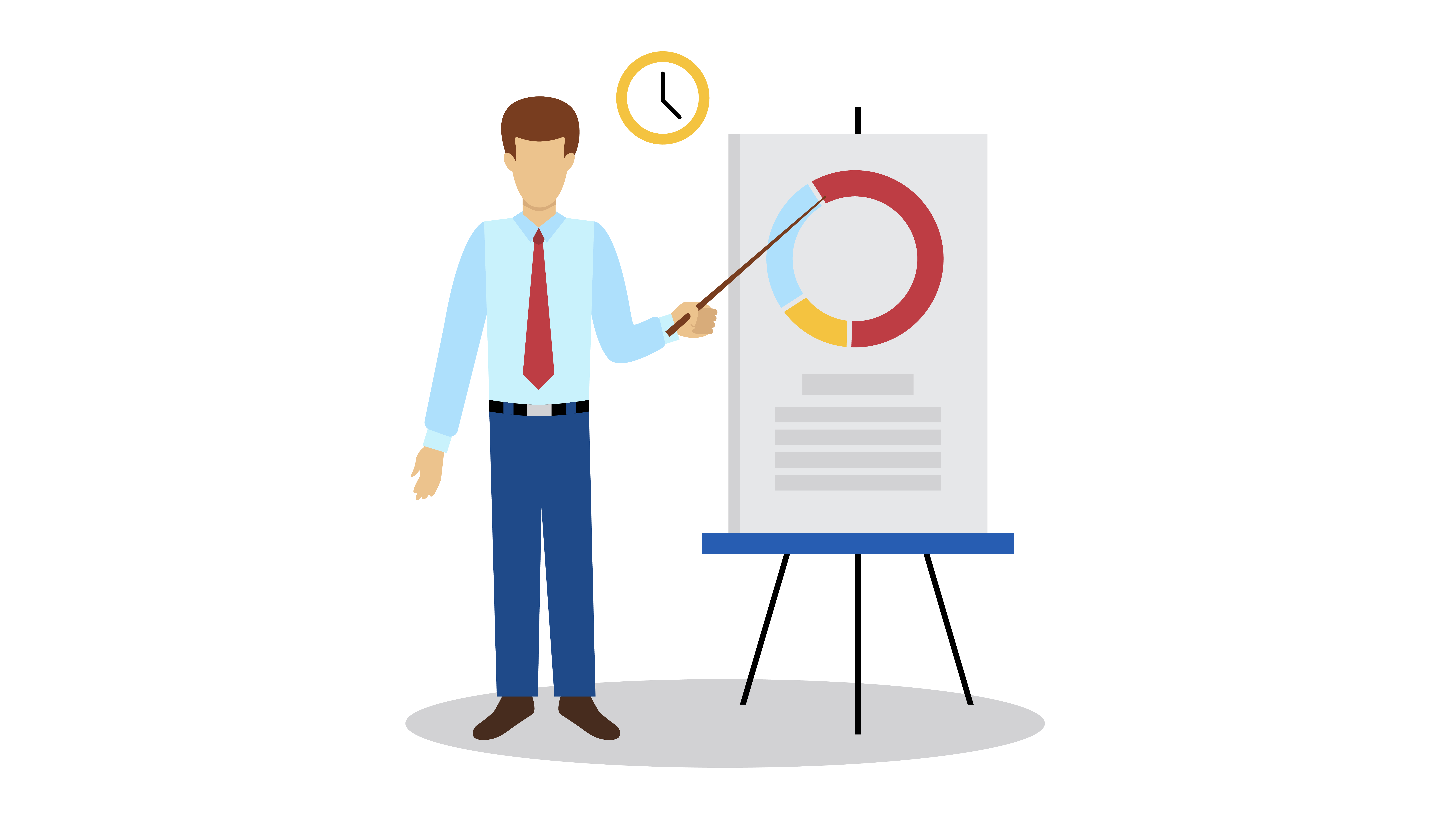All Categories
Featured
Customer data platforms (CDPs) are a vital device for modern companies that wish to collect, store, and manage all customer data in a single data center. The software tools provide a better and more complete overview of customers' preferences they can use to tailor marketing campaigns and personalize the customer experience. CDPs also offer a range of functions, including data governance such as data quality and data formatting, as well as data segmentation, as well as compliance, to ensure that the customer's information is stored, collected and utilized in a safe and organized manner. A CDP allows companies to engage customers and put them at the center of their marketing campaigns. It also makes it possible to draw data from different APIs. This article will highlight the benefits of CDPs to organizations.
cdp data
Understanding CDPs. A customer data platform (CDP) is a piece of software that lets companies gather, store and manage information about customers from a single location. This allows for a more complete and accurate view of the customer. It can be used for targeted marketing and personalized customer experiences.
-
Data Governance The most significant characteristics of a CDP is its capability to categorize, protect, and regulate information being integrated. This can include division, profiling and cleansing of the data being received. This will ensure that the business adheres to data laws and guidelines.
-
Data Quality: Another important element of CDPs is to ensure that the data that is collected is of high-quality. This means ensuring that the data is properly recorded and is of the highest standards of quality. This can help to reduce expenses associated with cleaning, transformation and storage.
-
Data Formatting is a CDP is also utilized to ensure that data adheres to the predefined format. This makes sure that different types of data like dates match across customer information and that the information is entered in a clear and consistent manner. consumer data platform
-
Data Segmentation Data Segmentation CDP lets you segment customer data in order to better understand customers from different groups. This lets you test different groups against one another and to get the most appropriate sample and distribution.
-
Compliance The CDP lets organizations handle customer information in a regulated manner. It allows you to establish security policies and classify data according to the policies. It is also possible to spot compliance violations while making marketing decisions.
-
Platform Selection: There is a wide range of CDPs to choose from, so it's essential to understand your requirements before selecting the one that is best for you. Take into consideration features like data security and the capability to pull data from other APIs. what is cdp in marketing
-
Making the Customer the Heart of Everything: A CDP permits the integration of raw, real-time customer information, giving instantaneity, precision and unison that every marketing team needs to boost their efficiency and make their customers more engaged.
-
Chat, Billing , and more Chat, Billing and More CDP helps you discover the context of great discussions, regardless of whether you are looking at billing or chats from the past.
-
CMOs and big Data: Sixty-one percent of CMOs believe they are not leveraging enough big data, as per the CMO Council. The 360-degree view of the customer that is provided by a CDP is a great solution to this issue and allow for better customer service and marketing.
With numerous different kinds of marketing technology out there every one normally with its own three-letter acronym you may wonder where CDPs come from. Even though CDPs are amongst today's most popular marketing tools, they're not a totally brand-new concept. Rather, they're the newest action in the development of how marketers manage client data and consumer relationships (Cdps).

For a lot of online marketers, the single greatest worth of a CDP is its capability to section audiences. With the capabilities of a CDP, online marketers can see how a single client connects with their business's various brands, and recognize opportunities for increased customization and cross-selling. Obviously, there's far more to a CDP than segmentation.
Beyond audience segmentation, there are 3 huge reasons that your company might desire a CDP: suppression, customization, and insights. One of the most intriguing things marketers can do with data is recognize consumers to not target. This is called suppression, and it belongs to providing really customized client journeys (Customer Data Platfrom). When a client's unified profile in your CDP includes their marketing and purchase data, you can reduce ads to customers who've currently purchased.

With a view of every consumer's marketing interactions linked to ecommerce data, website sees, and more, everybody throughout marketing, sales, service, and all your other teams has the possibility to understand more about each consumer and deliver more individualized, pertinent engagement. CDPs can help online marketers deal with the origin of many of their greatest day-to-day marketing issues (Marketing Cdp).
When your information is detached, it's harder to comprehend your clients and develop significant connections with them. As the variety of data sources utilized by marketers continues to increase, it's more vital than ever to have a CDP as a single source of truth to bring everything together.
An engagement CDP utilizes client data to power real-time personalization and engagement for customers on digital platforms, such as websites and mobile apps. Insights CDPs and engagement CDPs make up most of the CDP market today. Very few CDPs include both of these functions equally. To pick a CDP, your business's stakeholders should think about whether an insights CDP or an engagement CDP would be best for your requirements, and research the few CDP options that consist of both. Cdp Define.
Redpoint GlobalLatest Posts
CDPs and the Importance of Data Governance for CMOs
Compliance and Data Privacy in a CDP
The Role of CDPs in Reducing Additional Expenses for Data Management